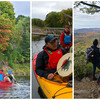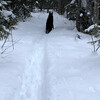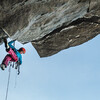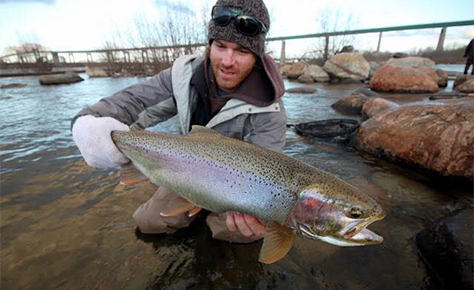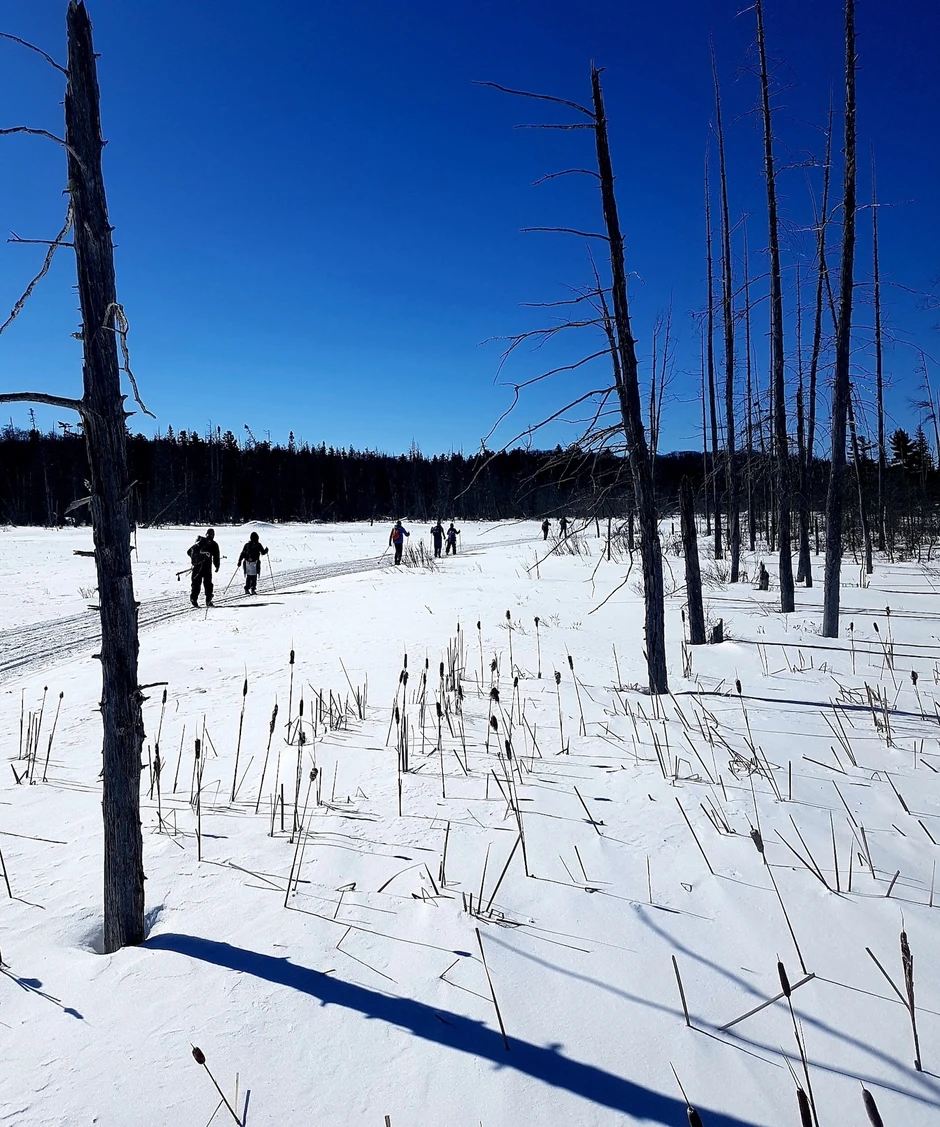
Bass Fishing Frenzy in the Fall on the St. Marys River
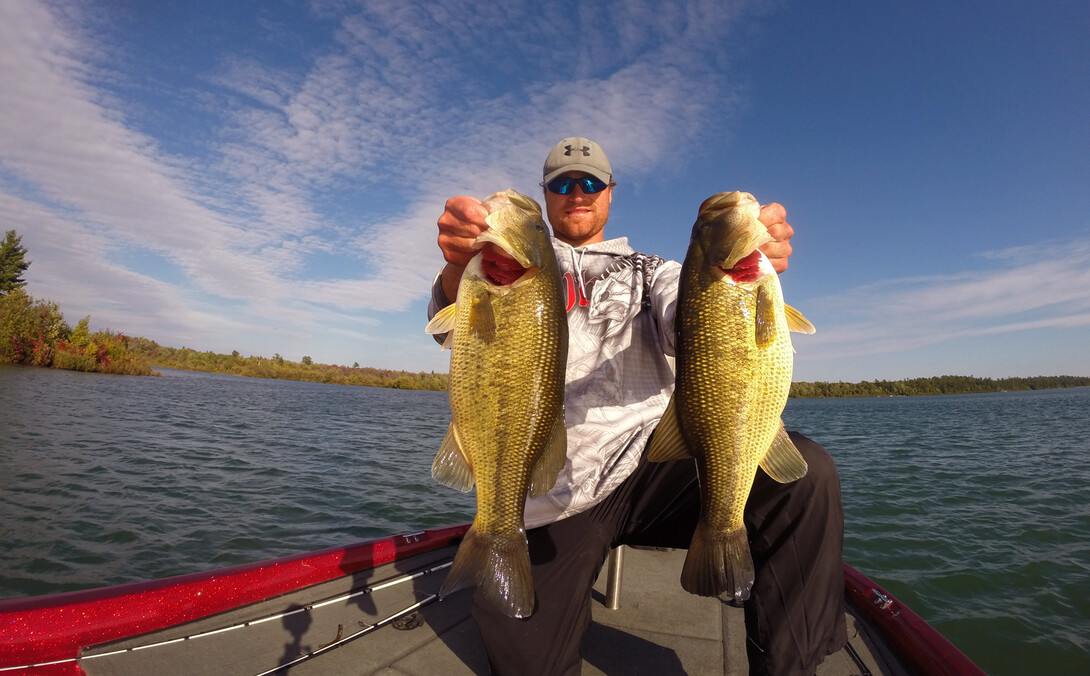
Most people are packing away their boats and fishing gear for winter storage, but for me, there is no better time to layer up, put the Ranger on the Sierra, and hit the infamous St. Marys River. (Check out some fishing packages here and here.) Just a quick boat ride from #TheSoo, amidst the beauty of a spectacular fall setting, will allow any angler to access some of the best largemouth and smallmouth bass fishing in the North. If you can tough out the fall conditions and want to head out on the St. Marys River, here are a few tips that I guarantee will help you to catch some bass.

Finding the right bait is the pivotal key to successful bass fishing in the fall. As the water temperatures cool, schools of fish will hunt for bait fish that congregate along the shore, close to points adjacent to deep water, to reefs, shoals, grass, and rock or wood. In fact, any location that supplies warmth, oxygen, and cover will be a good place to look for bait at this time of year.
Once you have found the bait and have an idea where the fish might be located, it's time for bait selection. Since fish are plentiful and actively feeding at this time of year, you will have several options. Consider “moving” baits first, such as rattle traps, spinner baits, jerk baits, swim baits, and crank baits. Moving baits will serve you well in high-percentage areas where you would expect to find an abundance of bass and bait fish. You will need to “fan cast” in these areas, moving quickly while searching for some active fish.

When you have located the bass, it’s time to slow down and methodically pick apart that area. This is when your second option, soft plastic baits, come into play. Jigs, stick baits, beaver baits, creature baits, and tubes are all great bait choices to help you with the slowdown on the St. Marys. To set up the soft plastic baits, you will need to use a Carolina-rig or a Texas-rig.
A Carolina rig (C-rig) consists of a sliding bullet sinker with a bead above a barrel swivel, and a 16"-24" lead attached to a 4-6 aught hook.
A Texas-rig has a sliding bullet sinker with a bead tied directly above a 3-6 aught hook. The size of hook you choose will depend on the size of your bait choice. Often, it is wisest to use a hook that either matches the hatch or the size of bait fish that you're seeing.
With regards to colour selection for bait, since the fish are generally bait-oriented, the rule of thumb for the fall is to select natural colors like brown, green, white, and silver. This is especially true for the St. Marys system with its clear water and silvery forage.
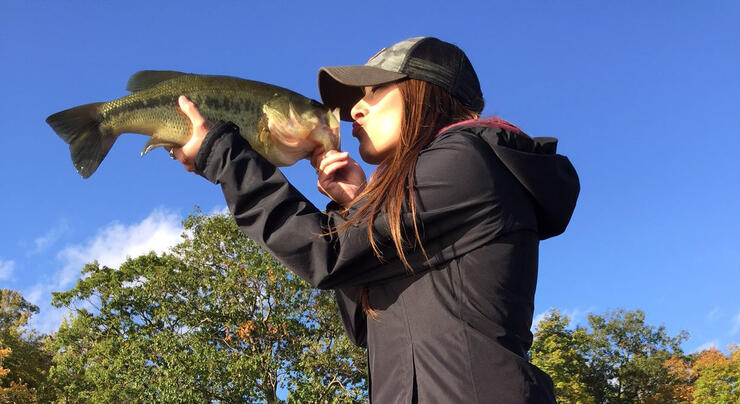
Your next focus will be on your rod, reel and line set-up for the St. Marys system. The rod you use should specifically depend on the techniques (above) that you have chosen. However, throwing a 7'2", medium to medium-heavy action rod should be adequate for the techniques listed. For most of the baits, a bait casting set-up is going to offer the greatest benefit. Using a reel that has a higher gear ratio and brings line in quicker will allow the angler to have more control. Given the clear water conditions in Northern Ontario, your best choice of line to throw for the St. Marys would be the fluorocarbon type. The line size should be in the 12 to 20-lb range depending on which rod set-up you are using. A spinning set-up would need a 12-14 lb test, while 15-20 lbs would be a better choice if you are throwing baits on a bait caster.

Fall also brings another element to the table that you need to prepare for before you ever leave the house. Your final and most important consideration should be the constant changing weather patterns so very common at this time of year. You will need to dress properly for all conditions. So layer up, and always bring your rain gear no matter what the forecast. The St. Marys River is a vast system that extends as far as you wish to go, so prepare yourself adequately this fall and you will enjoy not only the beauty of the area, but one of the best-kept fishing secrets of Northern Ontario.
Recommended Articles

9 Facts to Know about the Agawa Canyon Tour Train
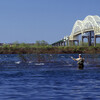
A Guide to the Best Urban Fishing in Sault Ste. Marie, Ontario

Where to Eat, Dine, and Play on the Sault Ste. Marie Waterfront

Cruising to the Next Level

Canada's Only Bushplane Museum is a Must For Your Bucket List

Why the Fall Is a Great Time to Visit Sault Ste. Marie
Canoe & Kayak Sault Ste. Marie

Peace Restaurant
